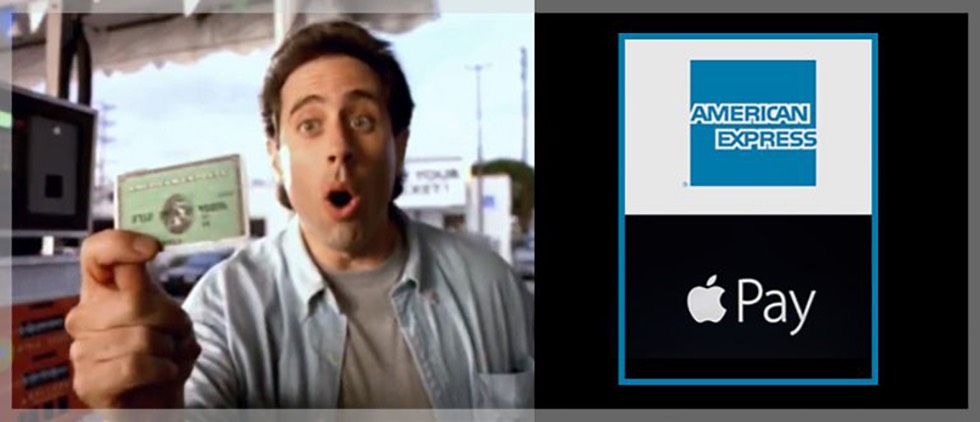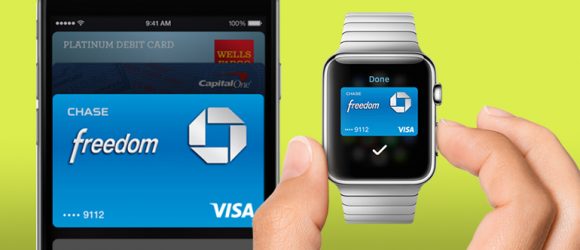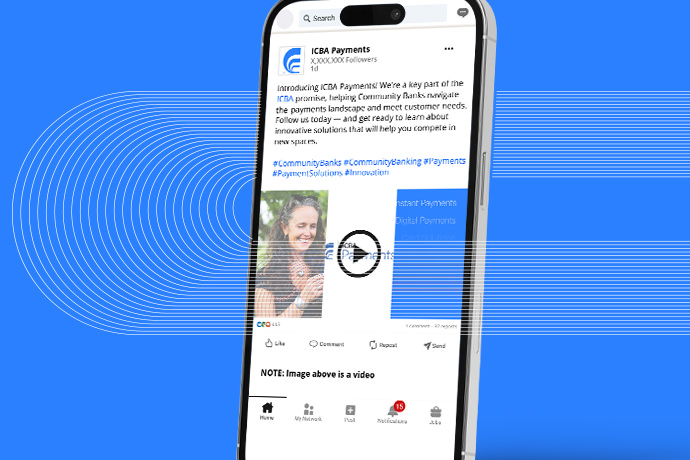Why American Express is Going Old School to Promote the Future

When it comes to advertising, few financial services companies have a “greatest hits” reel. The glaring exception, of course, is American Express. For decades the issuer has used a combination of memorable celebrity spokespeople and taglines to build one of the strongest brands in the payment industry. One could argue that the advertising helped make Amex the company it is today. (Indeed, there is a whole section about its famous ads and spokespeople on the Amex Wikipedia page.)
Last month, Amex decided to put that greatest hits reel to use for the company’s first spot promoting Apple Pay:
We found this an interesting choice for American Express. Mobile payment apps have been around for some time, but Apple Pay is the first to really catch on and capture widespread attention. Apple Pay, and other apps like it, could eventually signal a change in how consumers think about and use payment products. And to promote this cutting edge, possibly game changing way to pay, Amex decides to roll out old clips of celebrities, most of them past their popularity prime and some of them among the dearly departed. Why evoke these iconic ads for such a new piece of technology?
To answer that it’s helpful to look at Apple Pay ads from other issuers to see what they are doing:
- Wells Fargo focuses on the benefits of speed and ease.
- Chase goes for the “hip factor” and – likely a play at Millennials – features the indie rock band the Bleachers.
- Capital One calls the iPhone with Apple Pay the “new wallet,” and closes with its classic tagline: “What’s in Your Wallet.”
Ahhh yes, the wallet. You know, that thing that used to hold your credit cards.
For American Express, the card itself is so very important to what it offers. Watch the spot again and notice that almost all the shots with celebrities also feature them prominently holding up the card. For Amex, the card has always been more than just a piece of plastic; it’s a gateway to “membership.” It’s a status symbol. To have one has (traditionally) meant that you have arrived. And through advertising, Amex made the card itself something aspirational. To have one was to be like a celebrity.
But in an era of mobile payments, the card becomes just another part of an app on your phone. You load it, and it’s always there. Customers no longer need to carry around that green token of status; now they have it on their phones.
So Amex takes this moment to say that the card still matters. Customers use Apple Pay, but it’s the card that brings “timeless safety and security.” This is a subtle but important point. Where other brands are focusing on what’s new about Apple Pay – like ease, convenience and even the fact that it’s trendy – American Express is positioning Apple Pay as just another evolution and extension of that all-important card.
For a company like Amex, that’s made its product so central to its brand for so many years, this seems like a smart move. But it also serves as a reminder to card marketers everywhere. The expansion of digital payments could inevitably lead to the decline of the physical card altogether. And without that tangible reminder to stand out in the traditional wallet, brands will need to work hard to keep their products relevant… and at the top of the mobile wallet.









